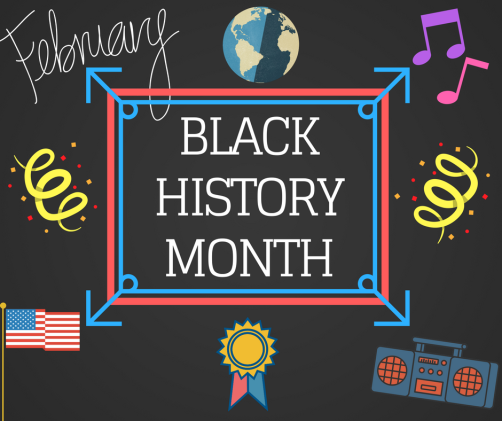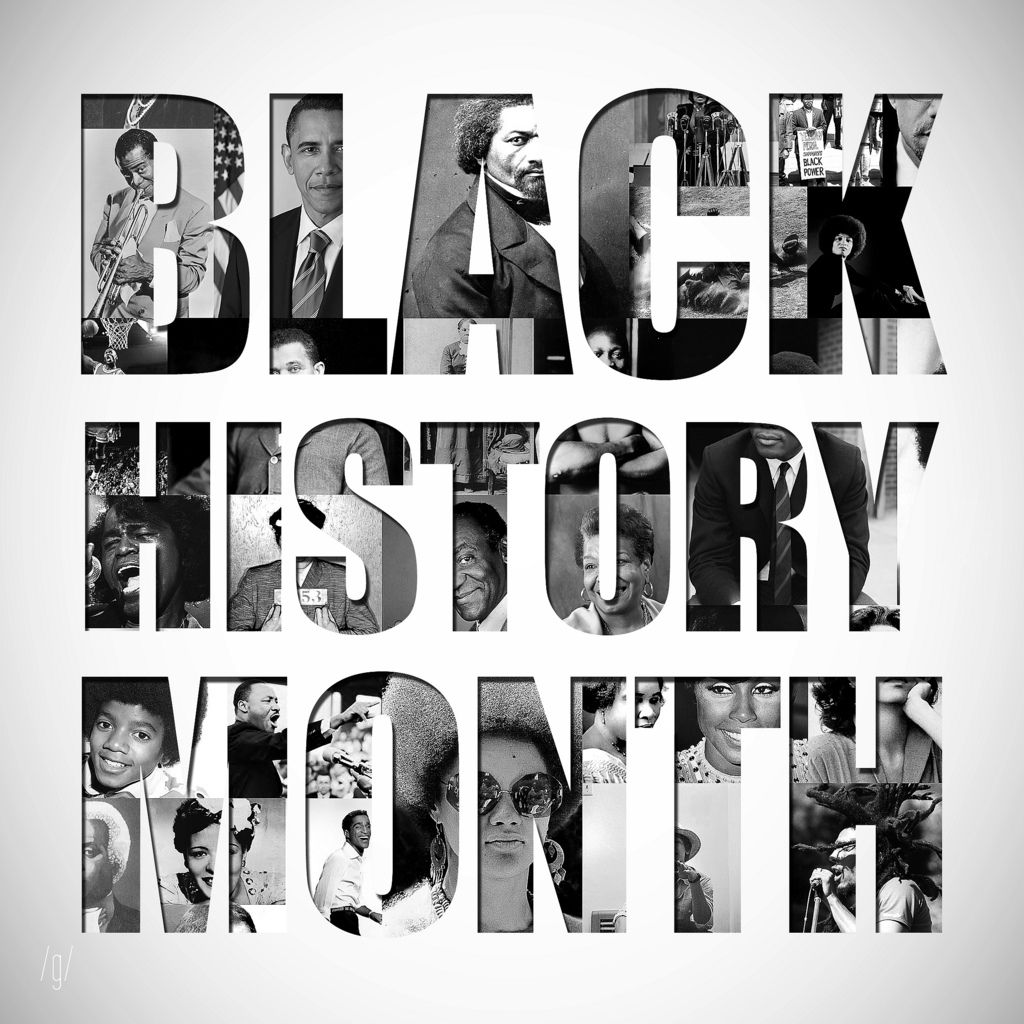
The beginning of the formation of Black History Month, also known as National African American History Month, started to pave its way in 1915 after the Thirteenth Amendment had abolished slavery in the United States. The Association for the Study of African American Life and History (ASALH) brought together Negro History week in 1926 which eventually blossomed into Black History Month. The event the group put together sparked inspiration between communities nationwide which lead them to organize local celebrations, create history clubs and to teach through performances and lectures. The reason for February being the month to celebrate black history is because it coincided with the birthdays of President Abraham Lincoln and Frederick Douglass.
At Cabrini University, students are able to register to major or minor in black studies and expand their awareness and knowledge of the history and present social, economic and political realities of African Americans.
Sam Dahlberg, a student at Cabrini, decided to choose black studies as a minor to help close the education gap and more for more diverse history classes.
“Our history in school focuses on white side of history and not all sides of history,” Dahlberg said. “Students that are black or of another diversity should have the chance to learn about their history in America. Many people do not understand how important it is to honor the African Americans that changed our history and impacted American society.”
Another student at Cabrini, Alexis Johnson, decided to major in black studies because she took it as a class her freshman year and really enjoyed learning about the topics that can be tough to talk about.
“Black history has always resonated with me since I was in a Catholic elementary school because we reenacted the Underground Railroad every year,” Johnson said.
In Johnson’s elementary school, teachers would set up an Underground Railroad where each classroom on the third floor had different scenes of slavery and in the very last classroom they would show slaves celebrating their newfound freedom. The students and teachers also had lines to say with a story behind it and would also wear costumes.
Johnson also believes that Cabrini has come a long way in showing appreciation for students of different races by helping to make them feel more comfortable on campus and in classrooms.
“I think Cabrini should let every culture have an event on campus when it gets nicer outside,” Johnson said. “Everyday we should have a culture event for different ethnicities and races so that people can be educated about their backgrounds and make it fun as well!”
With Cabrini continuing to strengthen and discover ways to accommodate issues regarding diversity on campus, Black History Month continues to resonate throughout many students.
“It’s very important to have black history period because it wasn’t just white people that accomplished something in this world we live in,” Johnson said. “It is time for other people to understand and realize that blacks have made history as well and should be recognized for it, just like the whites.”



